Watch To Understand The Fashion Trends That Defined The Heisei Era
This Video (And Savvy) Take A Look Back At The Heisei Era's Greatest Fashion Moments
As the current era draws to a close we take a stroll down fashion’s memory lane.
It is officially the end of an era, as Japan prepares to close yet another chapter of its history to welcome the Reiwa Era starting this May. While the Heisei years were defined by an early economic boom, devastating natural disasters, the globalization of anime and manga, and an influx of international tourists, the fashion trends of this period were equally dramatic. Much like previous eras, the fashion of the Heisei Era is best understood as a series of street culture trends bound to distinct youth tribes. While some of these moments were ephemeral, with each demise came a critical turning point for fashion and cultural sentiment in Japan.
Recently, Japan’s famed cosmetics company Shiseido released a very descriptive video of seven of the most prominent trends of the past 30 years, along with buzz words that defined the generation.
We take the video a step further by taking a close look at several of these trends that punctuated the Heisei Era and laid the foundation for Japan’s now strong fashion standing throughout the international style scene.
Bodicon & Shibukaji: 1988-1990s
A hangover of 80s power dressing, the “bodicon” (body-conscious) look of clingy, figure-hugging dresses, represented women’s growing interest in devoting time to both the boardroom and the bar.
Exemplifying a rise of female empowerment, the look had roots in ‘Hanako-san,’ the ‘office lady’ fashion from Hanako magazine. Bodicon was the look at all discos at the time and a symbol of Japan’s colorful, wild and carefree early Bubble years.

The early 1990s welcomed “Shibukaji” (Shibuya casual), defined by groups of private high-school students, who congregated in Shibuya sporting a laid-back, sophisticated look of Levi’s 501 jeans, prim dark blue blazers, varsity sweaters and monogram accessories.
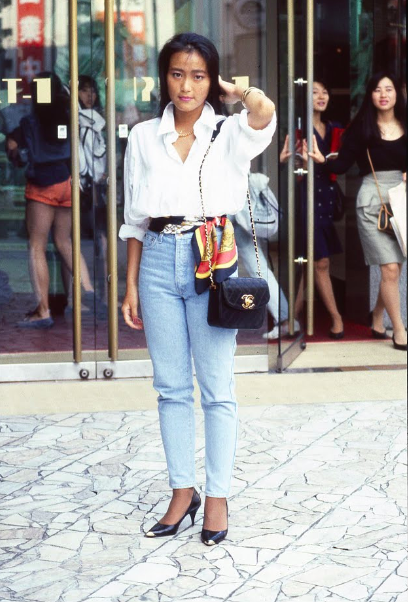
The look was high-end, and driven by firm rules stipulating that certain items should be worn by specific labels. This moment signaled a shift in Japanese youth subculture from individuality to tasteful conformity and paved the way for the youth street fashion explosion that remained present for the rest of the Heisei Era.
Gyaru and Lolita: early 1990s-2000
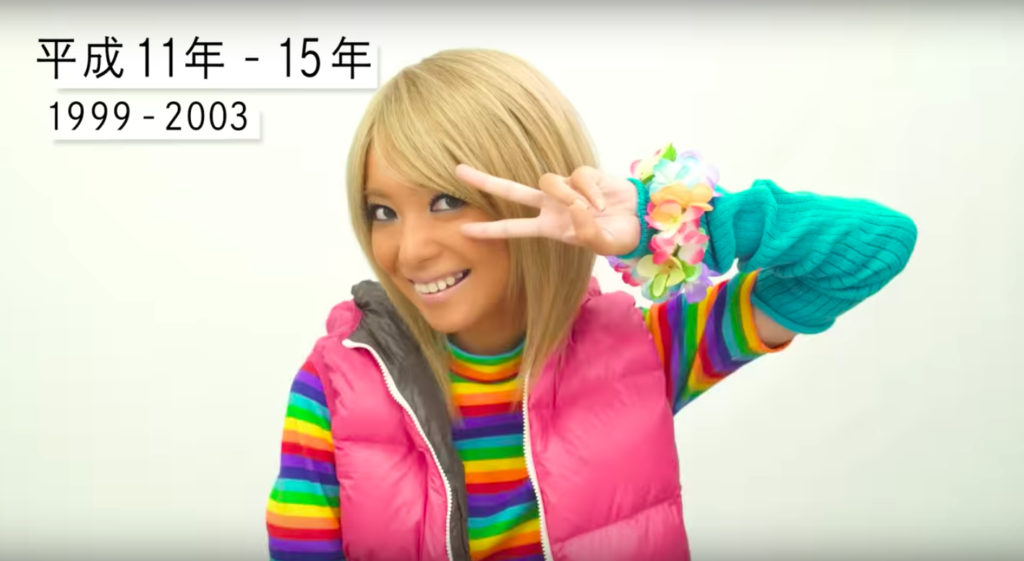
Yet another Shibuya-bred trend, the Gyaru’s signature bright clothes, wig, false eyelashes, facial stick-on gems, bleached hair and unnaturally orange-tanned skin were a deliberate revolt against the conservatism of the Japanese society. Fuelled by Egg and Popteen fashion magazines, the trend evolved into a number of other spin-off microtrends, including the extreme Ganguro, Mamba and Yamamba looks characterized by excessively tanned face with heavy makeup and bleached hair. The trend was reported over by the early 2000s.
View this post on Instagram
Among the many variations of the Gyaru trend (around 1994-1998) was also the “Amuro style,” (pictured below) inspired by Japan’s pop diva Namie Amuro’s signature look — long straight hair, platform knee-high boots, white “loose socks” and thin eyebrows.
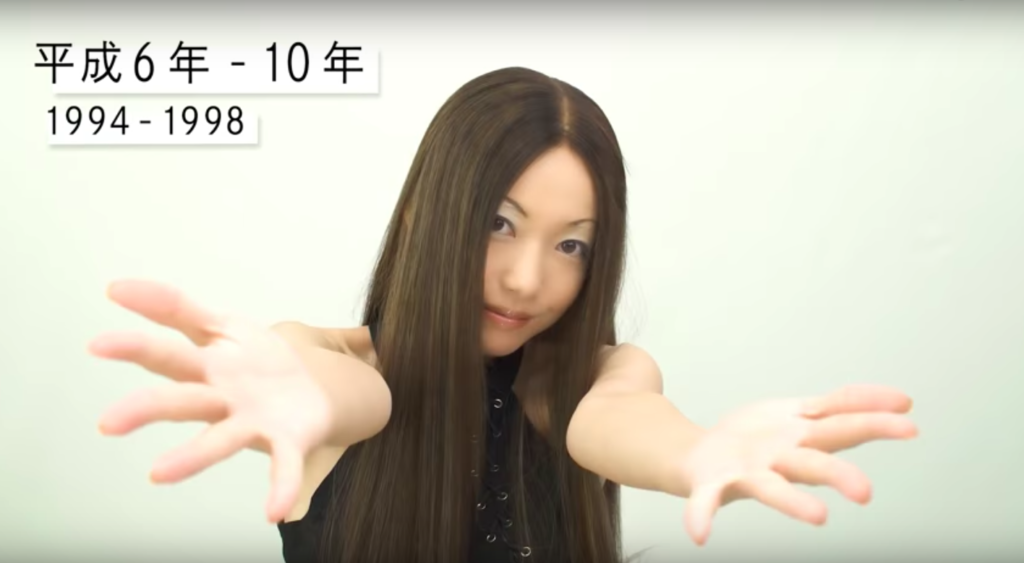
View this post on Instagram
Lolita is one of the longest-running trends from the Heisei era but gained speed in the late 1990s. Inspired by Victorian children’s clothing, Lolita had a lengthy list of subcultural iterations (including ‘gothic,’ ‘punk’ and ‘oriental’) and was often explained as a way to escape from adulthood and the everyday.

Voluminous skirts propped up with crinoline petticoats, frilled sun parasols, bows, knee socks, lace and bonnets were all iconic elements of a look that, for many, became a way to express an alternate female identity.
Fairy kei: 2000-2010
View this post on Instagram
During the mid-2000s, the growing popularity of street style photography heralded a new focus on styling and we saw an encouragement of individuality return. Possibly one of the most iconic, and now international, of the Heisei Era trends, the Fairy kei, sees devotees dress in an explosion of top-to-toe neon pastels, 80s cartoon motifs (such as My Little Pony, Care Bears and Rainbow Brite), and an exaggerated adornment of child-like hair clips, bands and bows.
Something borrowed, something new: 2010-2019
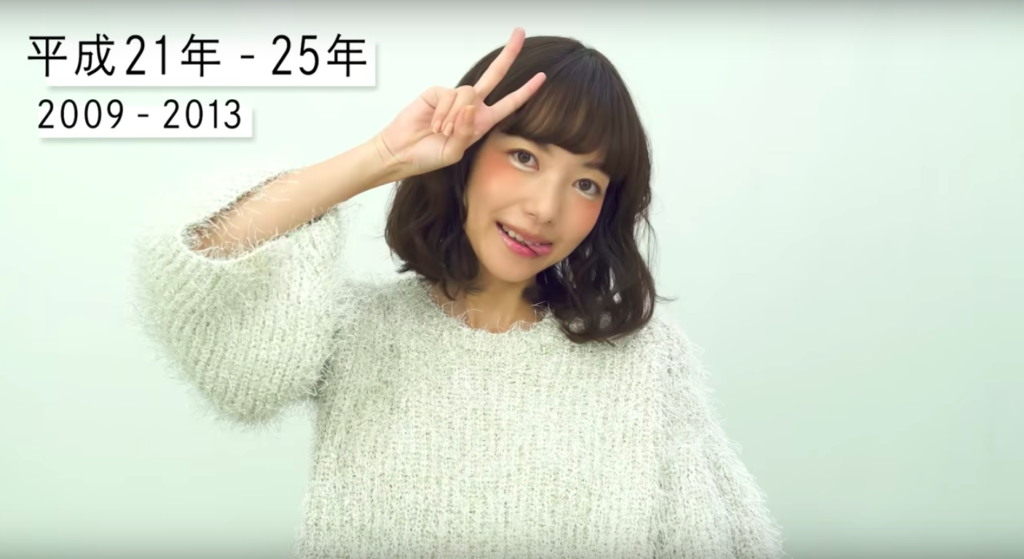
The past decade has seen a dampening of the eccentric, sect-driven trends Japan became renowned for in prior decades. The earthquake and tsunami in 2011 created a mood of restraint as the nation grieved and contemplated the essential. A surge of interest in organic fibers, natural beauty and a subdued, earthy color palette of beige, white, black, khaki and rust formed a contemporary trend that is more minimal than bohemian and is rooted in the romanticism of simpler times.
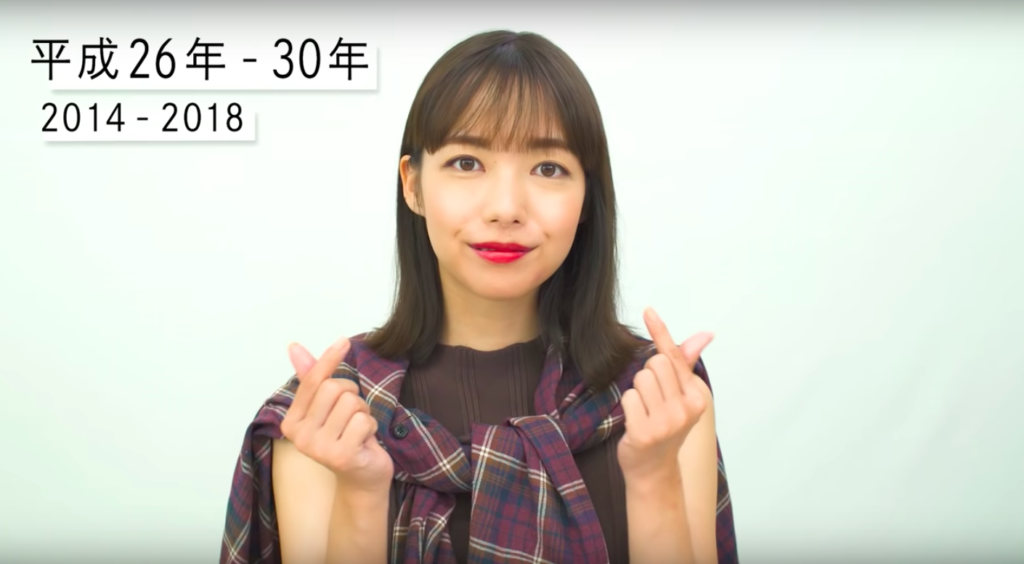
The re-appropriation of classic retro dressing, blending early-era tailoring such as trench coats, vests, and oversized high waist trousers with contemporary athleisure staples such as sneakers, sporty backpacks and waist bags has become an important nod to days gone by.
View this post on Instagram
With global fast fashion retailers now well established in the market, current trends in Japan represent a less concentrated connection to lifestyle. However, the end of the Heisei Era signals yet another opportunity for cultural metamorphosis as Japan continues to face the economic challenges of a shrinking population and prepares to be catapulted onto the global stage for the 2020 Olympic Games.
The Shiseido video ends with a seventh key trend starting from 2019 without going into details of what it represents. It appears to be both edgier and bolder, and yet still a somewhat submissive, passive look. Is this what’s coming next? We can’t wait to find out!
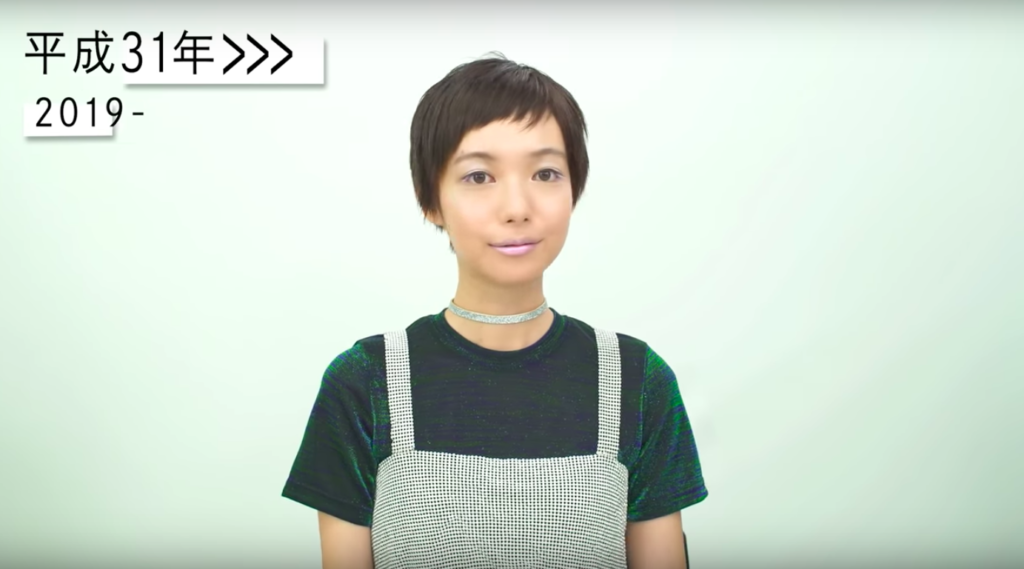
What were your favorite fashion trends from the Heisei Era?
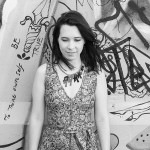











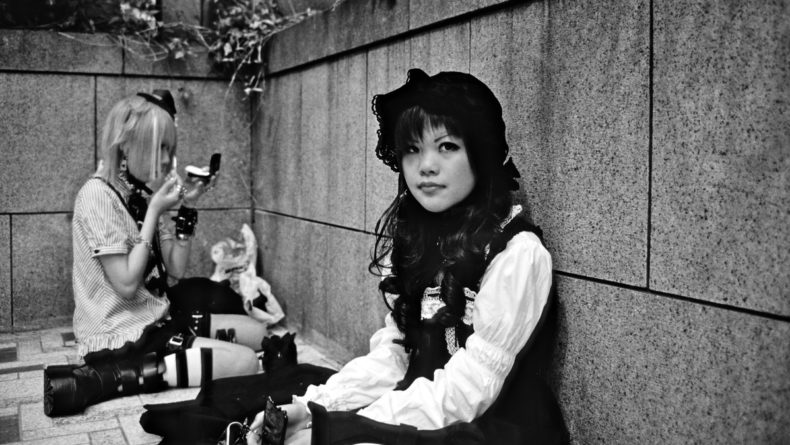
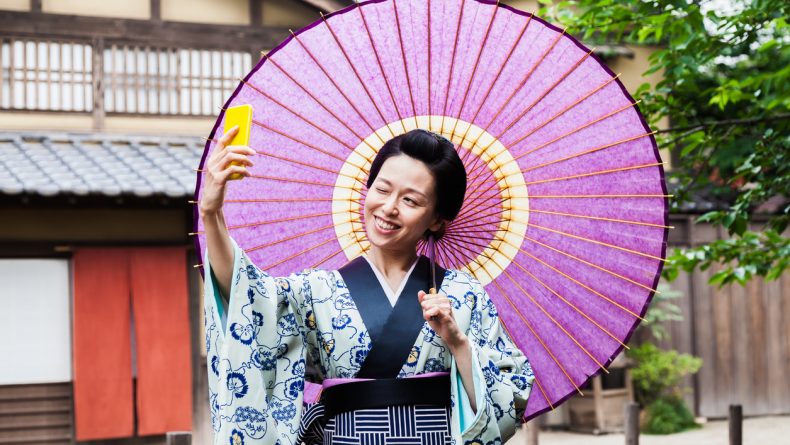

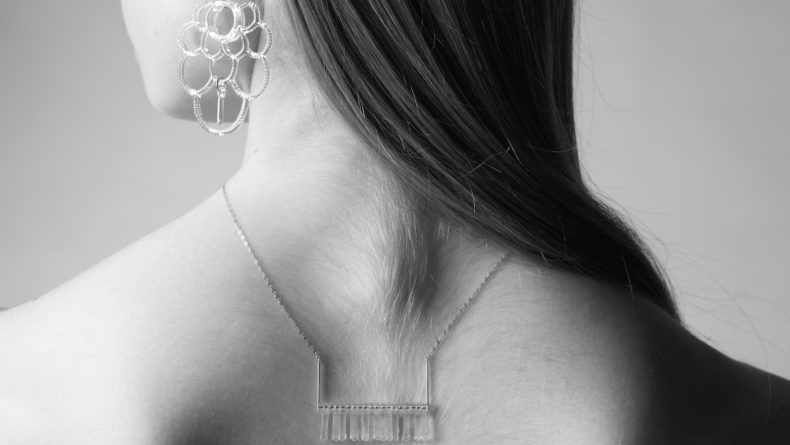
Leave a Reply